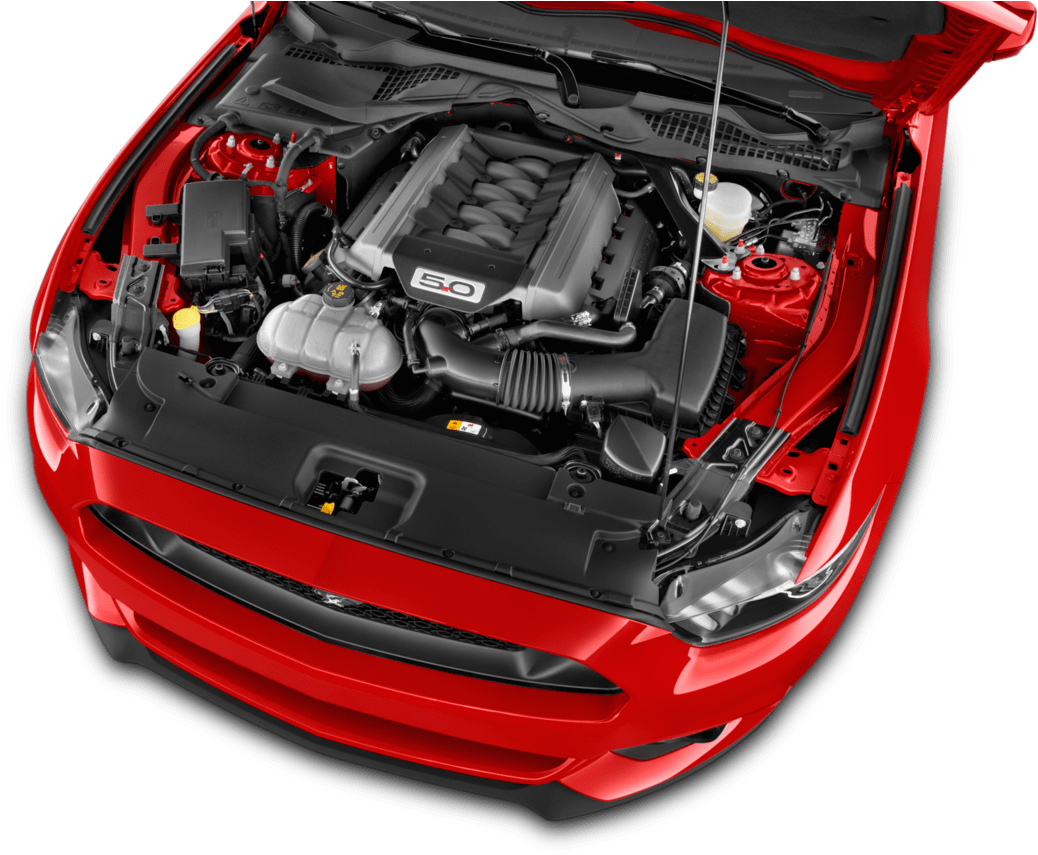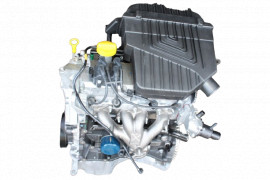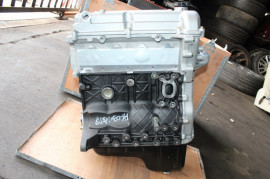Opel Corsa Engine: Top Tips for Maintenance and Treatment
Opel Corsa Engine: Top Tips for Maintenance and Treatment
Blog Article
Checking Out the Inner Functions of a Compact Lorry's Engine System
As vehicle drivers, we usually take for given the intricate processes that happen within the confines of our car's engine system. The compact yet complex equipment that pushes us ahead is a wonder of design precision and control. From the controlled explosions in the combustion chamber to the careful timing of fuel shot, every part plays an important duty in the smooth operation of the engine. In this expedition of a portable lorry's engine system, we will certainly unravel the internal operations of this mechanical symphony, clarifying the enigmas that drive us forward on our daily trips.
Burning Refine Overview
The combustion process in a small car's engine system is an important system that efficiently converts gas right into power to power the car. This process takes place within the burning chamber of the engine, where gas and air mix, fire up, and create regulated surges. The burning procedure contains four main stages: intake, exhaust, power, and compression.
During the intake phase, the piston moves downward, attracting a mixture of air and gas into the combustion chamber. The following stage, compression, involves the piston relocating upward, compressing the air-fuel mixture to enhance its potency. Consequently, in the power phase, the trigger plug sparks the pressed combination, resulting in a quick expansion of gases that requires the piston pull back. This descending activity generates the power needed to drive the lorry. In the exhaust stage, the scorched gases are removed from the combustion chamber through the exhaust valve, preparing the chamber for the next cycle. This cyclic combustion process is basic to the procedure of a portable lorry's engine system, ensuring effective energy conversion for propulsion.
Piston and Cylinder Interaction

The piston's precise fit within the cylinder is necessary for maintaining ideal compression and protecting against energy loss throughout combustion. Tight clearances between the piston and cyndrical tube walls make sure efficient securing, allowing the piston to move efficiently without permitting gases to leakage past. Proper lubrication is likewise vital to minimize friction and wear in between these parts, enhancing durability and performance.
Additionally, the style and products utilized in making the piston and cyndrical tube impact engine efficiency and toughness. Modern engines commonly utilize lightweight yet sturdy materials like light weight aluminum alloys for pistons and cyndrical tube liners to reduce inertia and boost thermal performance. On the whole, the unified communication in between the piston and cylinder is fundamental to the engine's performance and total performance.
Gas Injection System Functionality
Gas injection systems in portable lorry engines play learn the facts here now an important function in precisely supplying fuel to the burning chamber for effective and controlled ignition. The gas injection system works by infusing gas into the combustion chamber at the optimal minute during the engine's procedure (opel corsa engine). This accurate timing makes sure that the fuel mixes uniformly with the air for correct combustion, leading to enhanced gas efficiency and decreased exhausts
There are primarily 2 sorts of fuel injection systems utilized in compact car engines: port gas shot (PFI) and straight gas injection (DFI) PFI systems inject fuel right into the intake port before the consumption shutoff, while DFI systems inject fuel directly into the burning chamber. Both systems have their benefits, with DFI providing far better gas atomization and PFI offering a much more cost-efficient solution.
Comprehending Engine Air Conditioning Systems
Effective procedure of a compact lorry's engine depends heavily on the efficiency of its cooling mechanisms. Engine cooling is necessary to stop overheating, which can result in major damage and reduced efficiency. The cooling system in a compact lorry commonly is composed of a number of elements working together to manage the engine temperature level. One vital part is the radiator, which makes use of coolant to soak up warmth from the engine. As the hot coolant moves through the radiator, it releases heat into the air, cooling before going back to the engine. The water pump flows the coolant with the engine and radiator, making sure a regular flow to control temperature level. Additionally, the thermostat assists control the coolant flow to keep optimum engine temperature. Some lorries additionally have cooling down followers that turn on when extra cooling is required, such as during hefty website traffic or heat. Recognizing these engine cooling mechanisms is important for keeping the efficiency and longevity of a compact lorry's engine system.

Exhaust System Components Explained
The optimal functioning of a small automobile's engine cooling systems depends on a complementary system understood as the exhaust system, which consists of numerous crucial parts for making certain effective discharges and engine performance. The exhaust system consists of components such as the exhaust manifold, catalytic converter, muffler, and tailpipe. The exhaust manifold gathers exhaust gases from the engine's paths and cylinders them to the catalytic converter. The catalytic converter then transforms dangerous toxins in the exhaust into less damaging emissions prior to releasing them via the muffler and tailpipe.
One important component of the exhaust system is the oxygen sensor, which keeps track of the oxygen degrees in the exhaust gases to help regulate fuel usage and ensure optimal engine performance. opel corsa engine. Furthermore, the resonator may exist in some exhaust systems to decrease noise levels. Generally, the exhaust system plays an essential role advice in preserving engine performance, minimizing damaging discharges, and making certain a quieter driving experience for compact vehicle owners

Verdict
Finally, the small lorry's engine system is find more info an intricate mix of parts that interact to facilitate the burning process, convert gas right into power, and get rid of waste gases. Understanding the inner operations of the engine system, consisting of the piston and cylinder interaction, fuel injection system, engine cooling devices, and exhaust system parts, is essential for maintaining optimum efficiency and effectiveness of the car.
The combustion procedure in a portable lorry's engine system is a vital mechanism that efficiently transforms gas right into energy to power the vehicle.Gas injection systems in portable automobile engines play an important role in specifically providing fuel to the burning chamber for regulated and effective ignition.There are primarily 2 types of gas injection systems made use of in compact lorry engines: port gas shot (PFI) and straight fuel shot (DFI) Recognizing these engine air conditioning mechanisms is important for keeping the performance and durability of a small automobile's engine system.
The optimal functioning of a compact automobile's engine cooling mechanisms depends on a complementary system understood as the exhaust system, which consists of various crucial components for making sure reliable emissions and engine performance.
Report this page